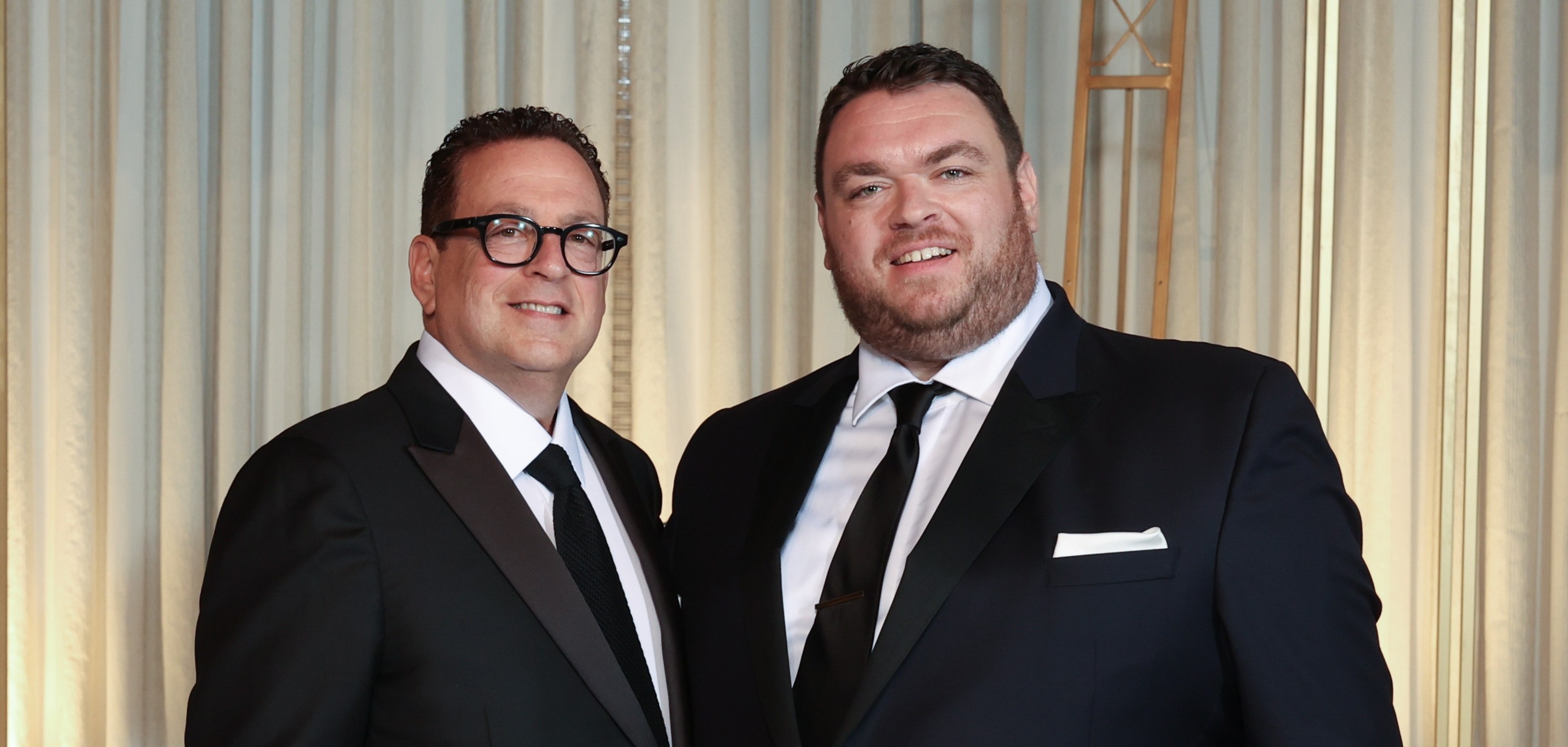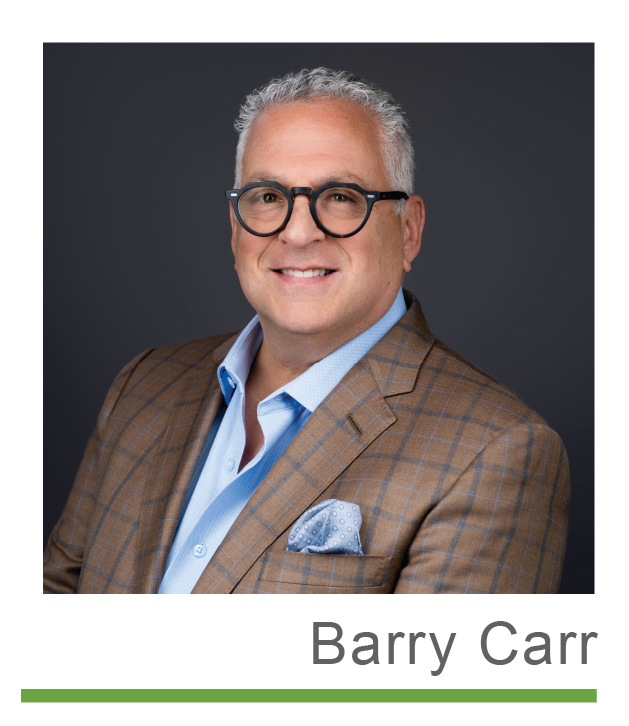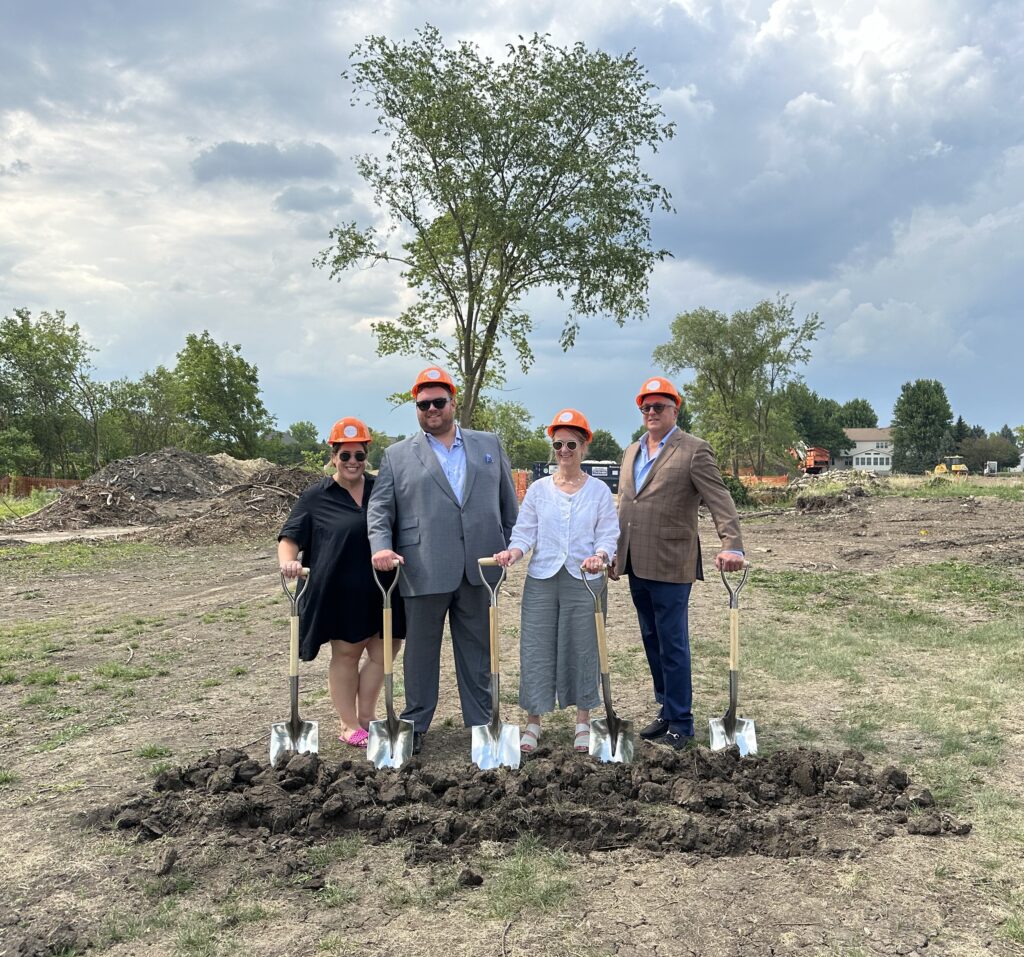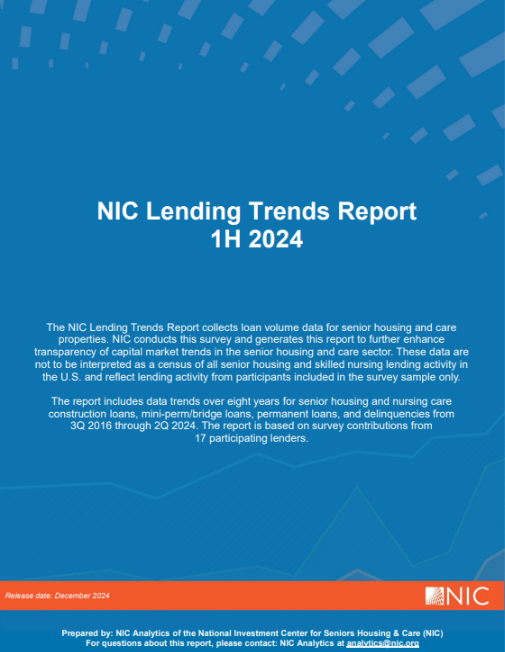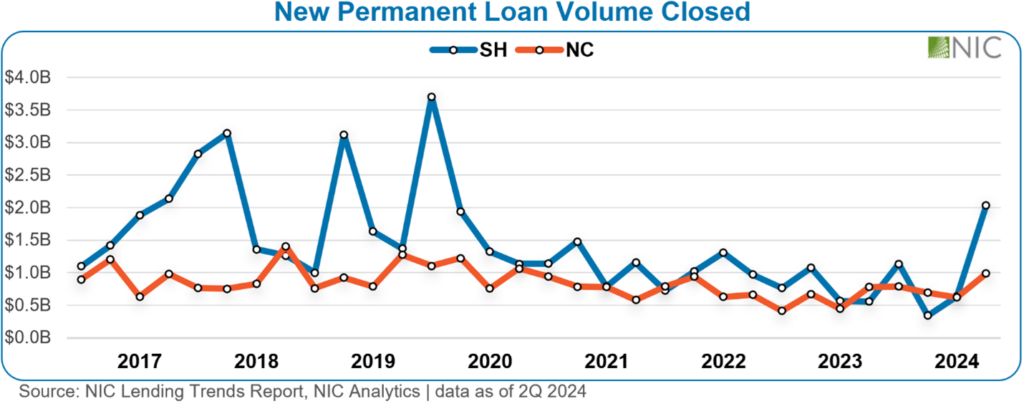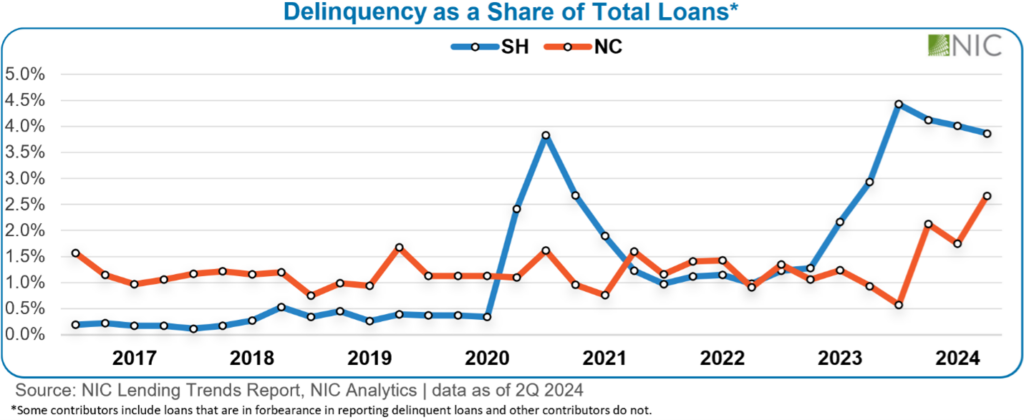The NIC Board of Directors is comprised of many of the brightest minds in the industry, representing leading operators, capital partners, and advisors in the senior housing and care sector. As we wrap up 2024 and look ahead to 2025, we asked our board members to share their thoughts on the general tone of the industry and what they anticipate unfolding in the year ahead. While the perspectives vary, as they each represent different aspects of the industry and various organizations, there was a general optimistic tone to their outlook for the year ahead.
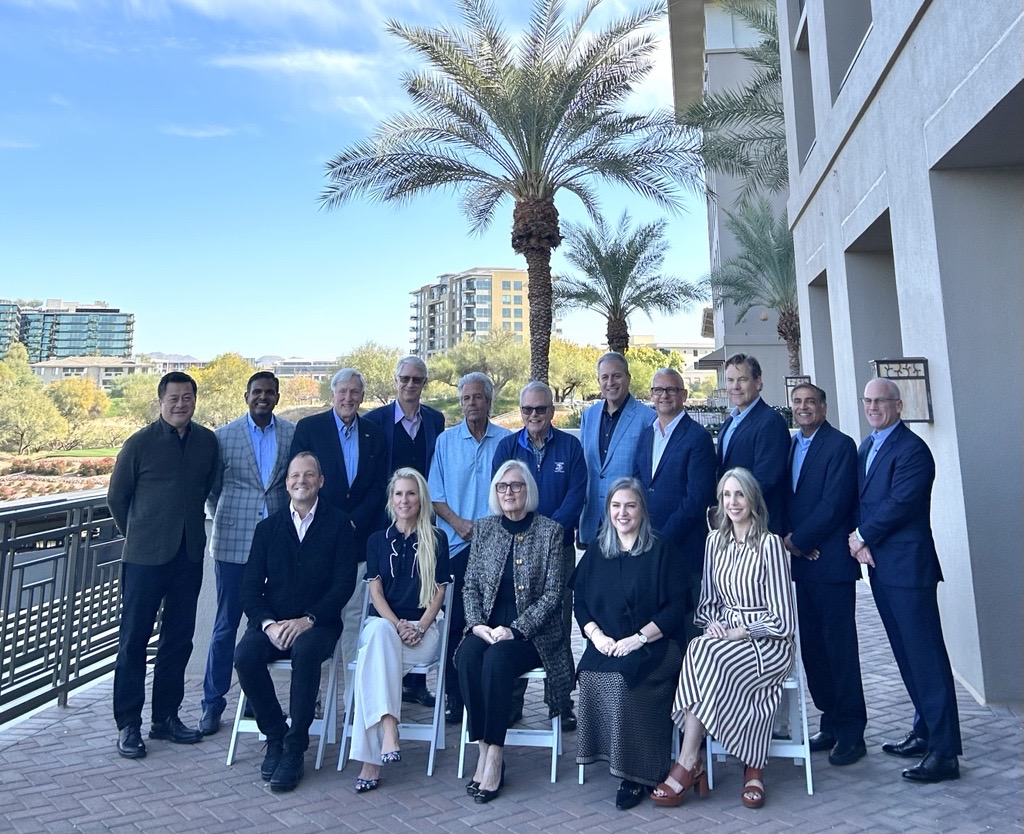
That optimistic tone is coupled with unknowns on topics such as the capital pressures we’ve seen in recent years, stymied development activity, and affordability challenges for many older adults. Read below for specific insights from a sampling of NIC Board members.
- “I see an increased eagerness to shine a light on seniors and senior living beyond our industry that will present an amazing opportunity for us as an organization to have our voice reach new investors and attendees. I also see an increased need for us to start making real progress as an industry toward serving the Baby Boomers and am hopeful the economic dynamics will align to allow it to happen.”
- “As the senior housing industry enters 2025, I feel it is with cautious optimism, driven by resilience, collaboration, and a renewed focus on innovation. As we navigate the economic challenges and demographic shifts, I’m confident our collective efforts will enhance care, affordability, and the well-being of our teams and residents. Together, we have the opportunity to shape a vibrant future for older adults and their families.”
- “Operational optimism and general industry sentiment is offsetting the impact of 40bps+ of Treasury movement post-election. We’re uniquely positioned and the only asset type that hasn’t been repriced as a function of large treasury movement given our operating fundamentals are so strong. Said another way, the institutional investment community’s awareness of senior housing’s trendline has added so much liquidity to the sector over the past 3-4 months, it’s been able to offset the largest permanent rate fluctuation we’ve seen in years when every other asset class has been repriced by 2-5%.”
- “Guarded optimism. Because for those who have been in the industry, we all know and have experienced up/down cycles, just never this deep and long. The good news is, looking towards 2025, the tailwinds should overcome the headwinds. Bad news is, with development down, will operators have enough incentive for them to both continue and care, or will they divert their attention towards ancillary businesses and away from their day jobs?”
- “As we close out 2024 and look to 2025, the industry will likely continue to operate with guarded optimism, though it will take time before anyone fully lets their guard down. Demand is increasing, but senior housing operators must remain proactive—innovating service delivery and effectively communicating their value propositions. Now is not the time to rest or rely on past operating models.”
- “Continued favorable operating fundamentals with outsized EBITDARM growth. Factors driving this growth include higher bottom line flow through as portfolios approach occupancy stabilization, improving demand fundamentals, and limited new deliveries. On the flip side, stickier than anticipated interest rates may further delay meaningful movement in cap rates, at least through the first half of 2025.”
- “Overall, I see the senior housing industry continuing its occupancy growth in 2025. A combination of target demographic trends, strong demand, and suppressed new supply will provide a continued tailwind for the industry in the new year and for years to come.”
We will continue to share insights into NIC’s 2025 outlook. Look for a special edition of the NIC Insider newsletter in early January where we’ll share our thoughts on the year ahead for the senior housing and care sector.
